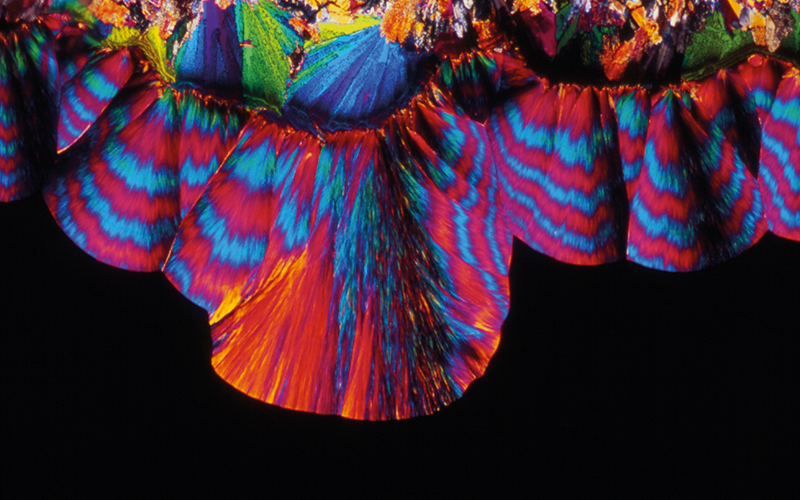Madihah Abbas, Specialist Biochemistry Team Manager at The Christie Pathology Partnership, presents a case study of a 50-year-old male patient.

Testosterone is responsible for the development of the male external genitalia and secondary sexual characteristics. Testosterone circulates and binds to plasma proteins, mainly sex-hormone binding globulin (SHBG). Testosterone is controlled by luteinising hormone (LH), whereas sperm production is under the control of follicle-stimulating hormone (FSH). LH and FSH pituitary hormones are controlled by gonadotropin-releasing hormone (GnRH). Both testosterone and inhibin prevent continuous gonadotropin secretion in a negative feedback loop.
The patient
This case study looks at a 50-year-old man with a past medical history of hypertension and diabetes. He took the medications metformin, amlodipine and phosphodiesterase-5 inhibitor (to manage occasional erectile dysfunction). The patient had a normal libido and was married with three children and reported a sedentary lifestyle. He had a five-month history of fatigue, weight gain and interrupted sleep. The patient heard on the radio that his symptoms might be due to low testosterone. He went to the GP and requested a testosterone test (see Table 1 for the laboratory findings).
Please click here to read the full article.
Image credit | Science Photo Library
